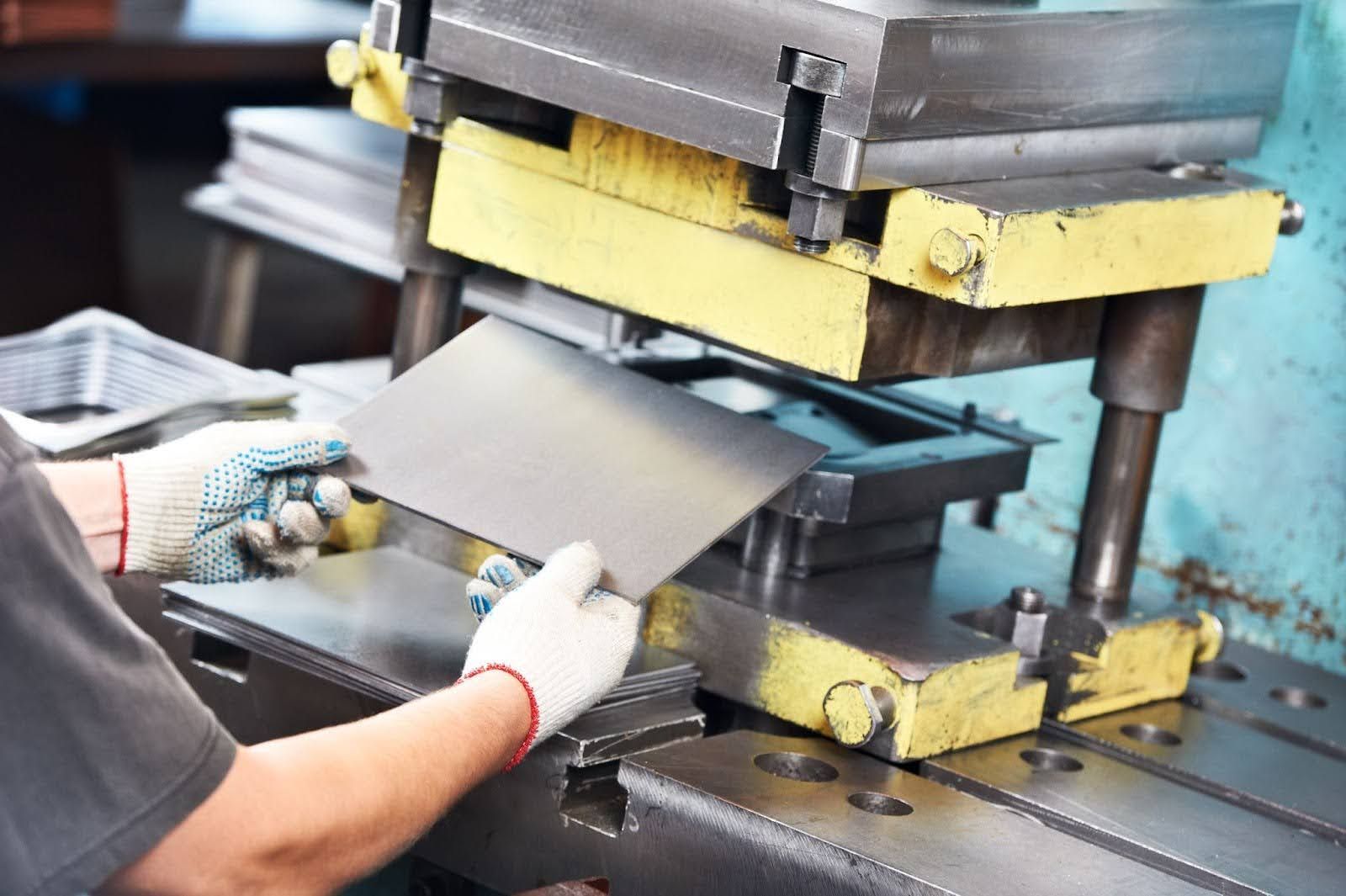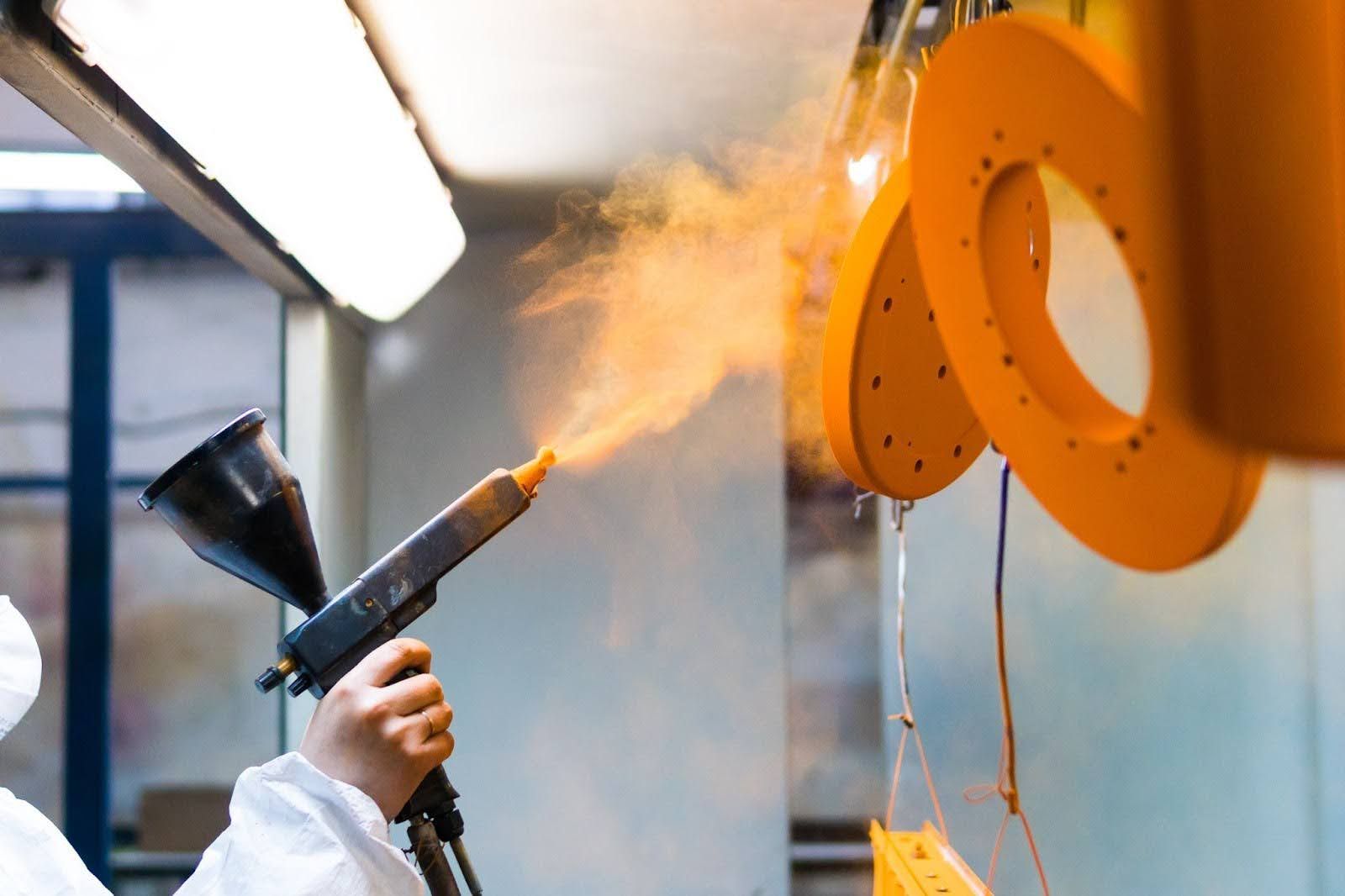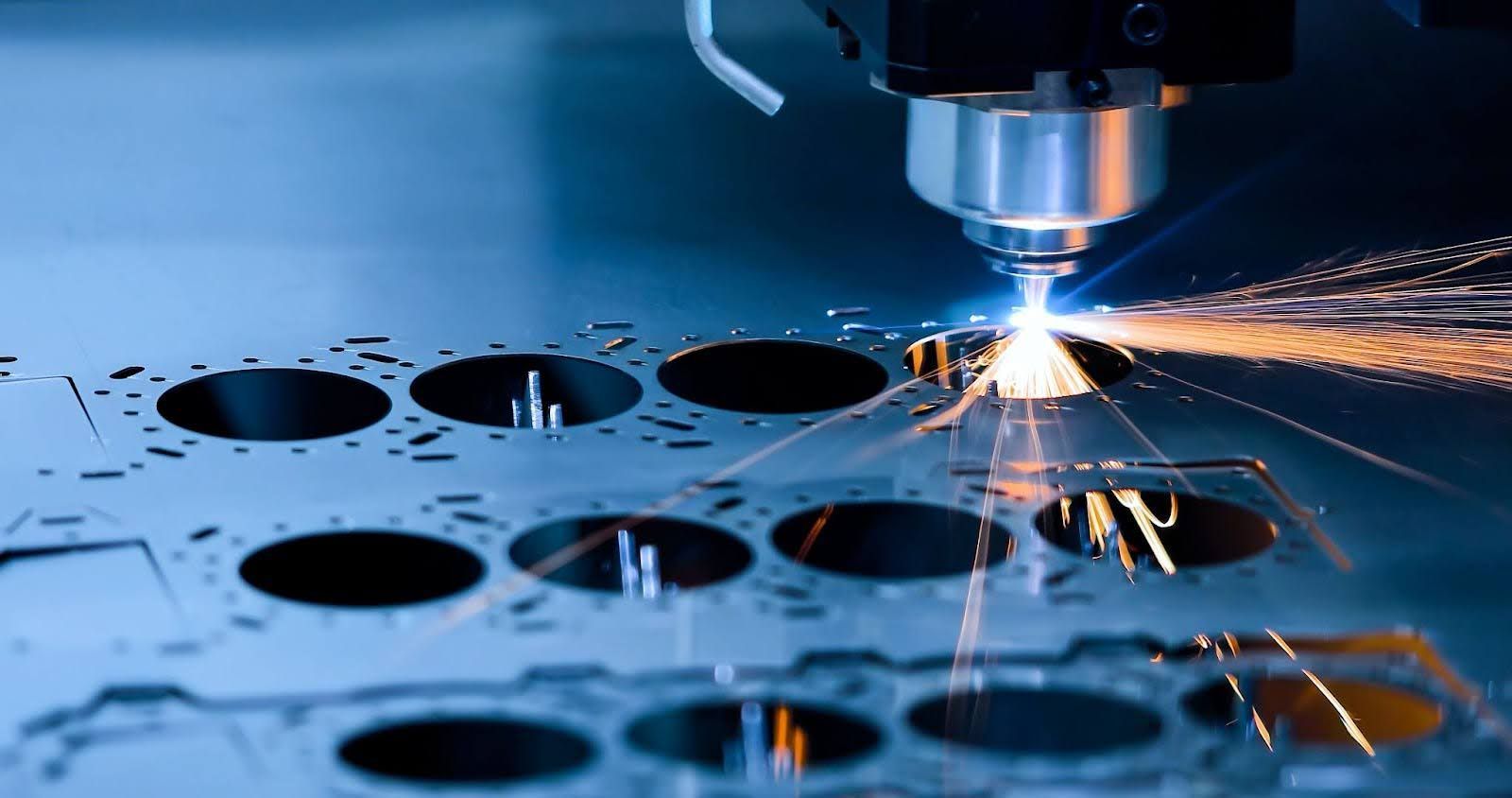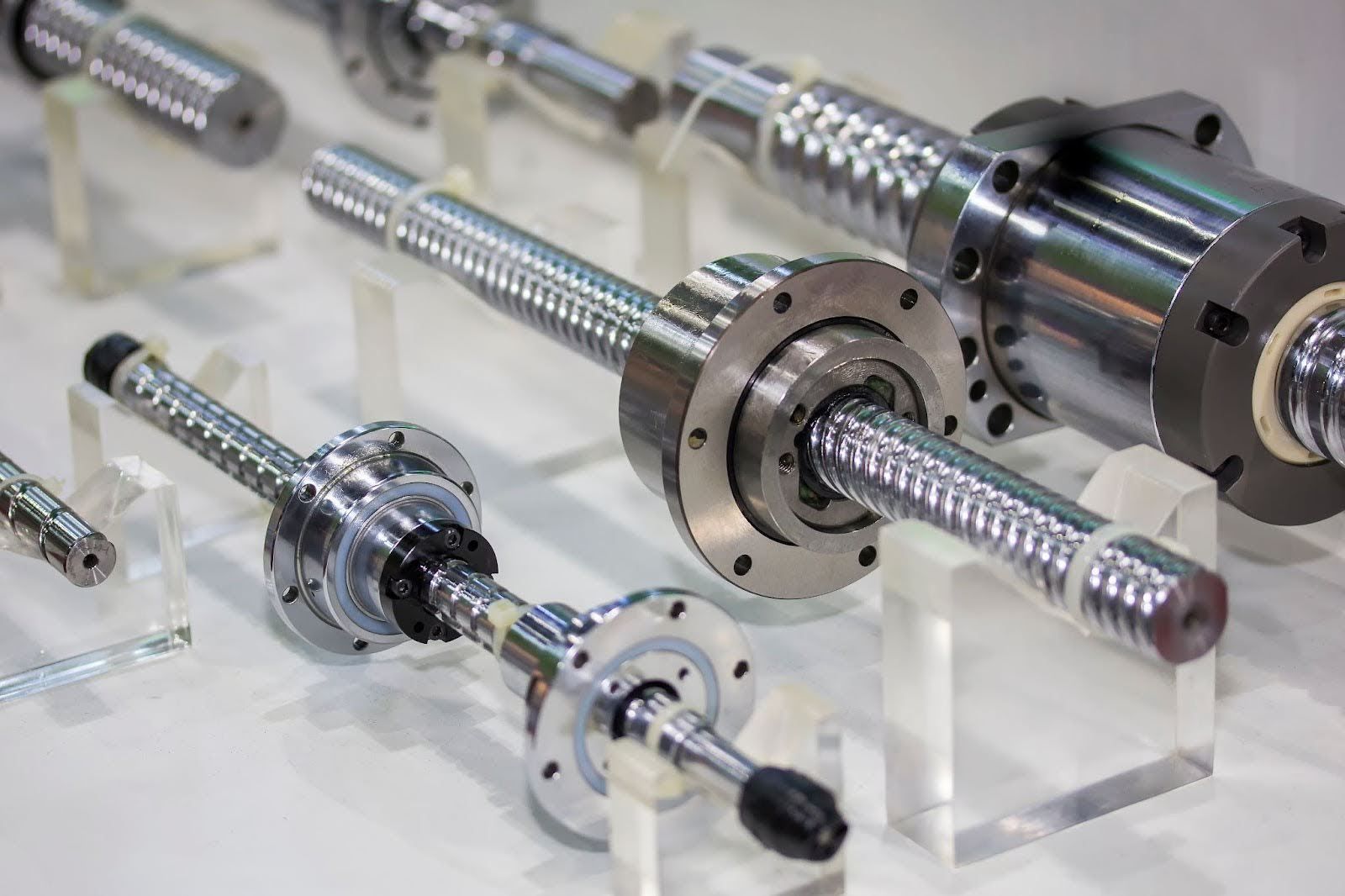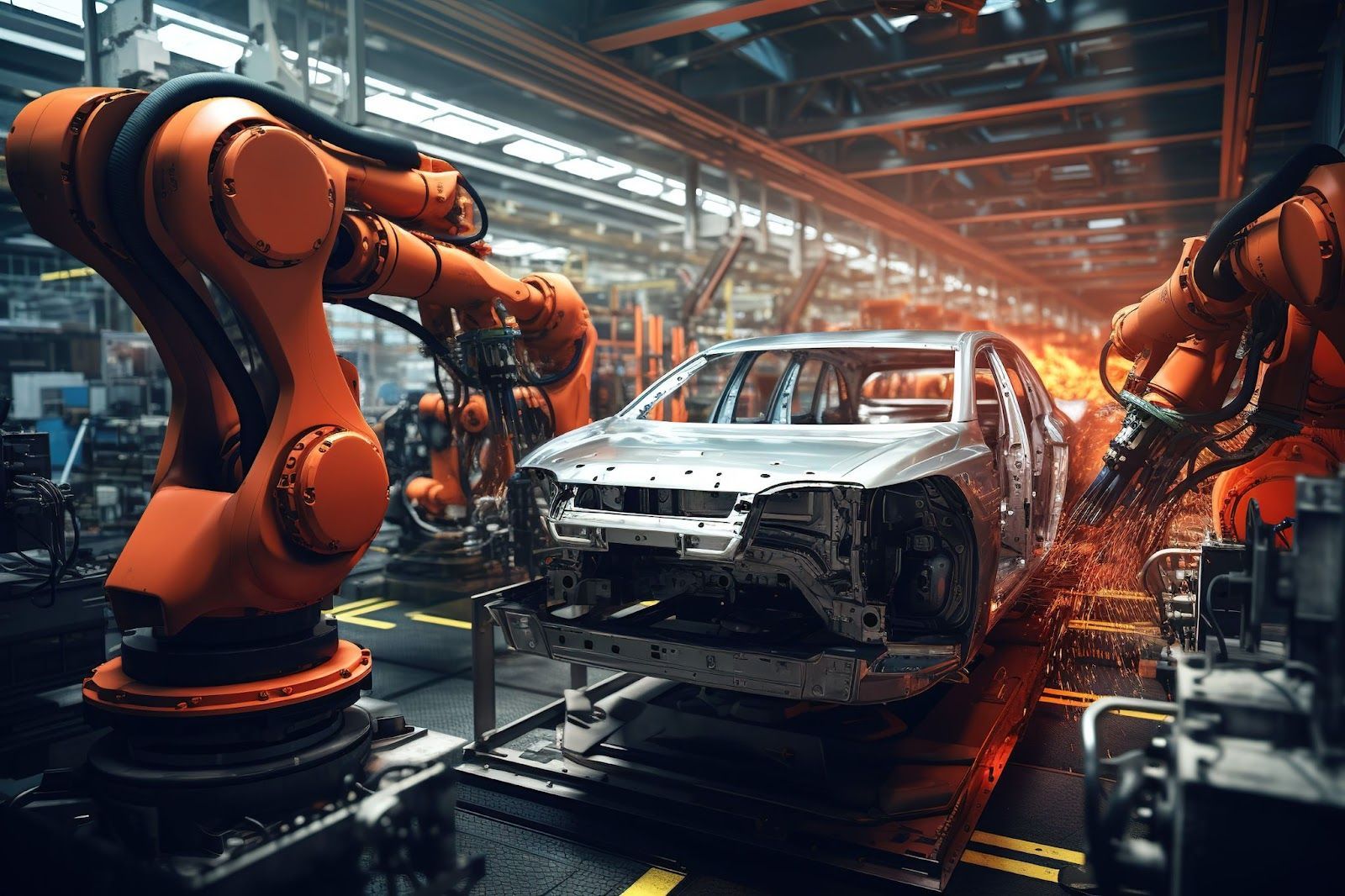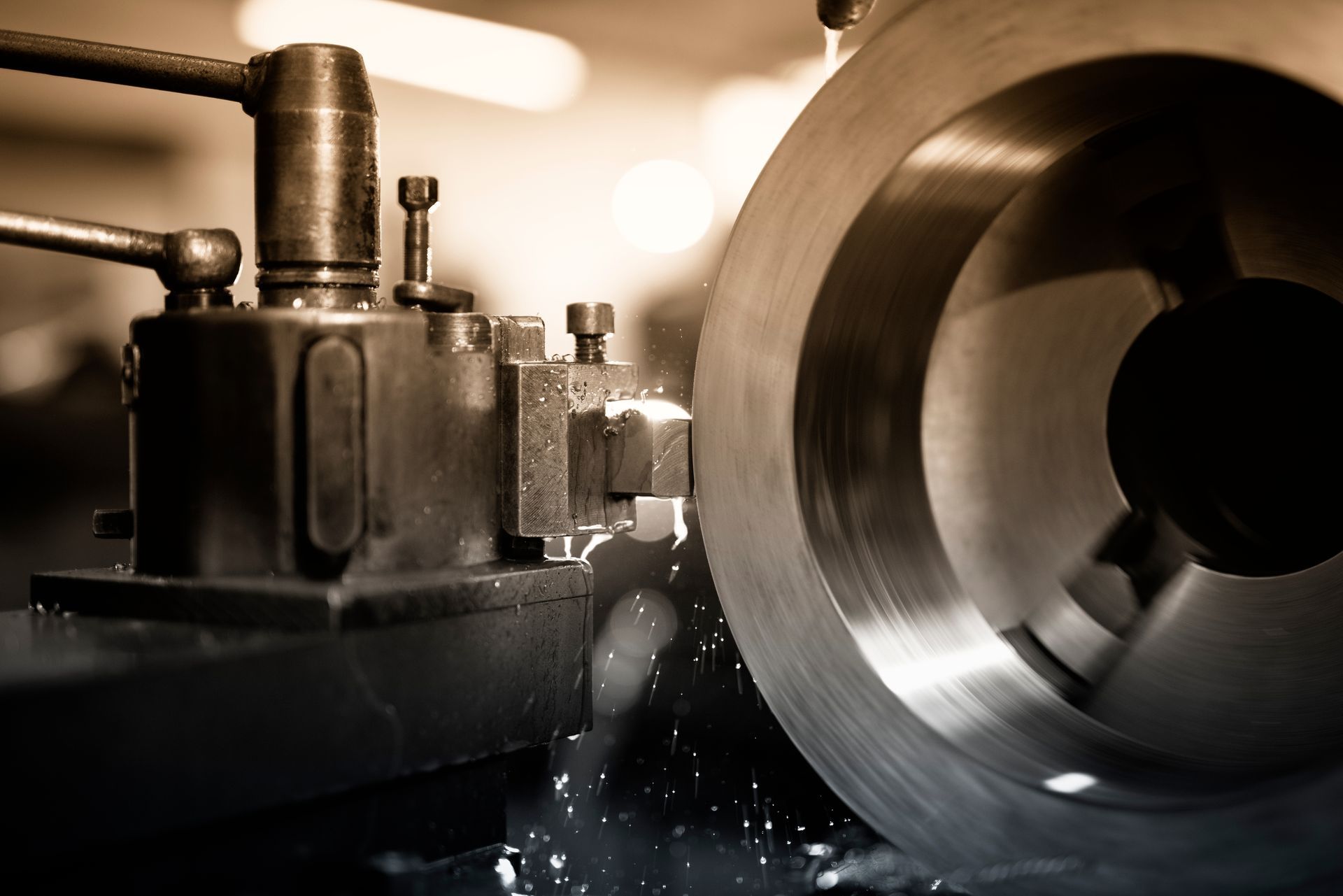7 Metal Fabrication Safety Measures To Remember
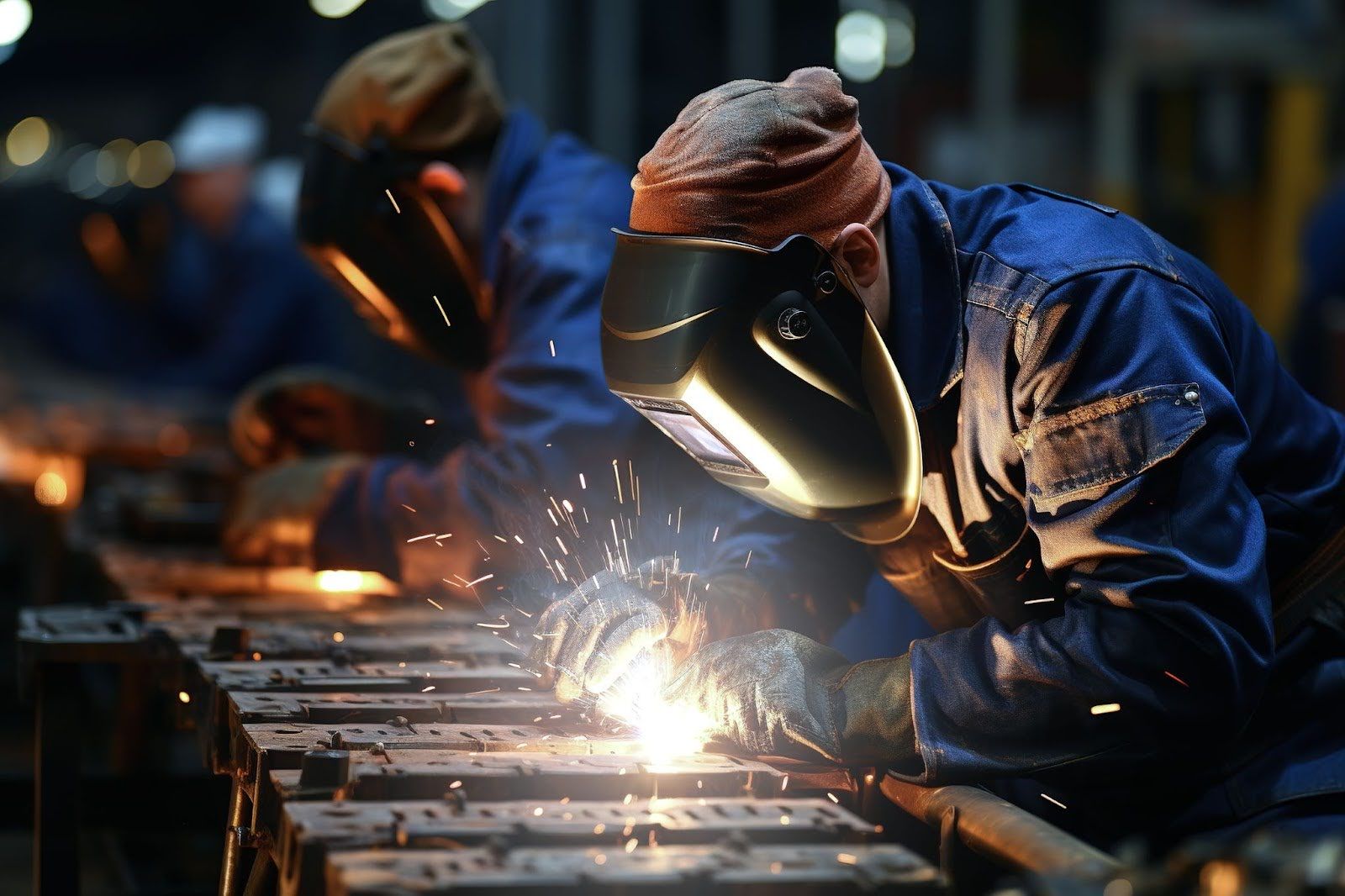
Metal fabrication is a vital and ever-changing field that shapes everything from the buildings we live in to the complex parts of the tools we use daily. While precision and originality are essential, safety is paramount in this field. In this article, we tackle the intricate topic of metal fabrication safety.
From the safety gear that keeps individuals safe to the steps that prevent accidents from happening, we'll talk about the most essential elements to remember in this field. Whether you're an experienced metalworker, an aspiring artist, or just interested in the safety rules that govern this field, come with us as we learn about the rules that keep the art and the artists safe in the world of metal fabrication.
Always Wear Protective Equipment
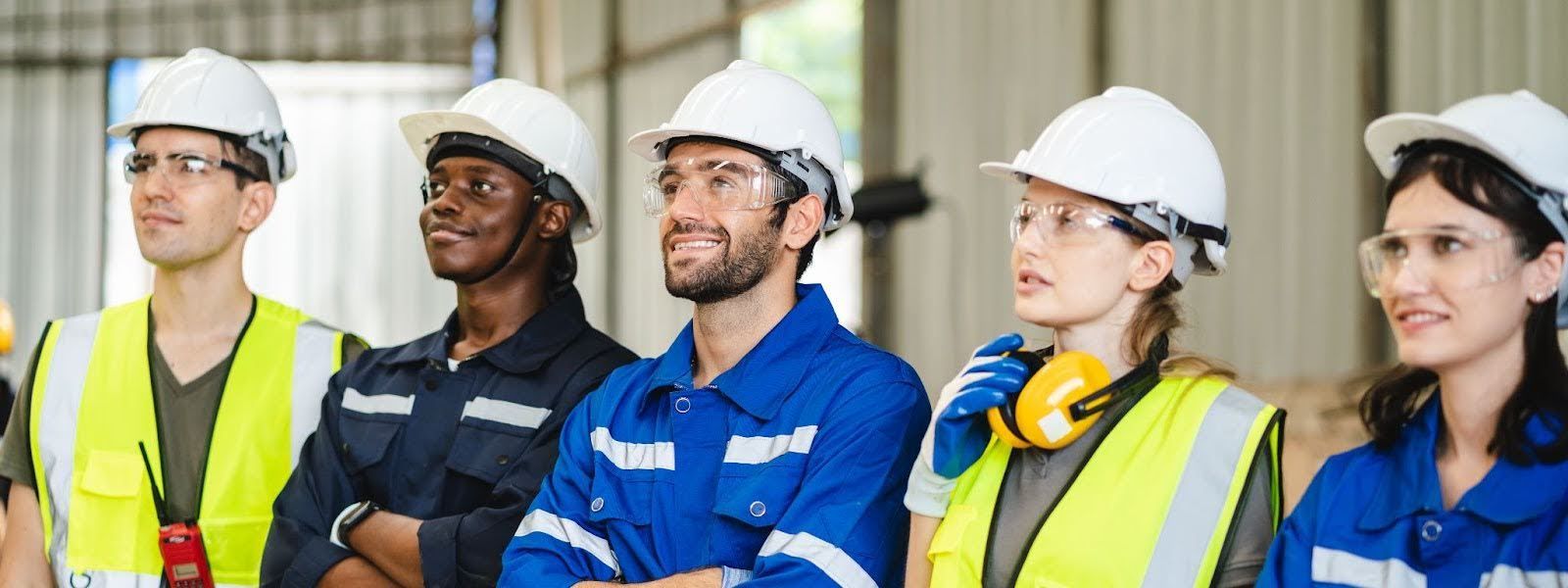
Wearing protection gear is one of the most crucial measures to take when bending metal. This consists of safety gear such as:
- Hard hats
- Gloves
- Earplugs
- Goggles
Metal sheets pose a risk to your eyes, skin, and hearing due to the sparks, debris, and noise they can generate. To keep yourself safe from these risks, ensure that you wear the right gear.
Never Wear Loose Fitting Clothes
If you work with metal, it's also important to remember that you shouldn't wear loose clothing. Tools like lathes and milling machines are often used in metalworking to cut or shape metal pieces. Wearing loose garments increases the risk of getting caught in one of these mechanisms.
Adhere To All Machine Safety Rules
Metal bending machines are dangerous and should only be used in accordance with the manufacturer's instructions. This means understanding what the machine can and can't do and how to use its safety features.
Before using the device, be sure to read the user handbook, and never change or remove any safety features. Prior to performing any modifications or repairs, make sure the machine is turned off.
Use The Right Lifting Methods
The process of bending metal sheets often involves moving and carrying heavy things. Adopting safe lifting practices is essential for avoiding injury to the back. To avoid straining your back, you should lift with your legs rather than bending at the waist or straining your back.
In addition, ensure that you have an unobstructed path for moving the metal sheet, and refrain from twisting your body while lifting.
Keep The Working Space Clean And Organise
Maintaining a clean and organised workspace can avoid metal-bending accidents and injuries. Ensure that your workspace is clutter-free and clean. It involves cleaning up any scraps or waste from the floor and maintaining organisation for your tools and equipment. A messy workplace increases the risk of serious injuries caused by trips, slips, and falls.
Never Work Alone
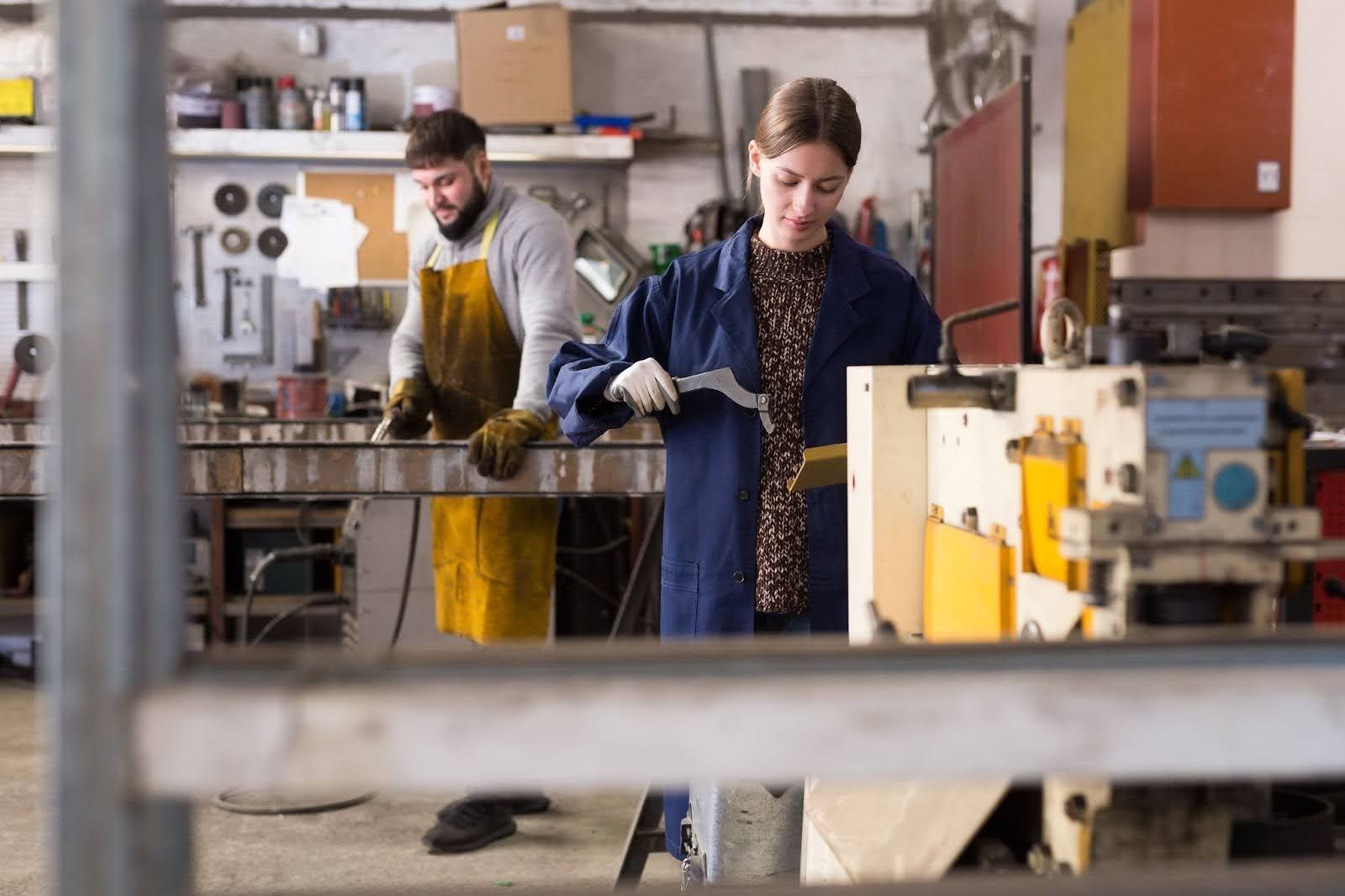
Metal bending is dangerous because of the potential for unexpected mishaps. Working with other people is always the safest thing to do. As a result, you will have someone on hand who can help or call for help in an emergency. In addition, ensure that you have a phone and a first-aid kit close by in the event of an accident.
Learn To Handle Metal Working Liquids Beforehand
Several different liquids are used in the metalworking process, and they all need special care. Metalworking can release dangerous mists, but ventilation devices and mist collectors can help cut down on them. A fluid management programme can also lower risks by designating someone to oversee fluid safety.
Adhering To Every Safety Measures In A Workshop Is Vital For Both You And Those Around You
Finally, safety is the cornerstone of the metal fabrication industry, serving as more than just an afterthought. The methods, tools, and safety measures discussed in this piece are more than just guidelines; they're essential to the well-being of the metalworkers who bring those designs to life.
The commitment to safety within the metal fabrication industry is always being refined in line with the sector's ongoing development. It is a culture in which the welfare of everyone involved is not just a priority but a fundamental value.
By keeping in mind and putting into practice these safety precautions, we secure not only the preservation of the art but also the survival of the professional workers who give metal life on a daily basis.
Looking for quality metal fabrication in Malaysia? Choose Choong Ngai Engineering!
So, if you're looking for
metal fabrication in Malaysia, visit us at
Choong Ngai Engineering today to speak to our experts. We at Choong Ngai Engineering have years of experience and knowledge to answer your doubts or concerns, and we ensure to provide you with the quality solution you're looking for.
Call us now!
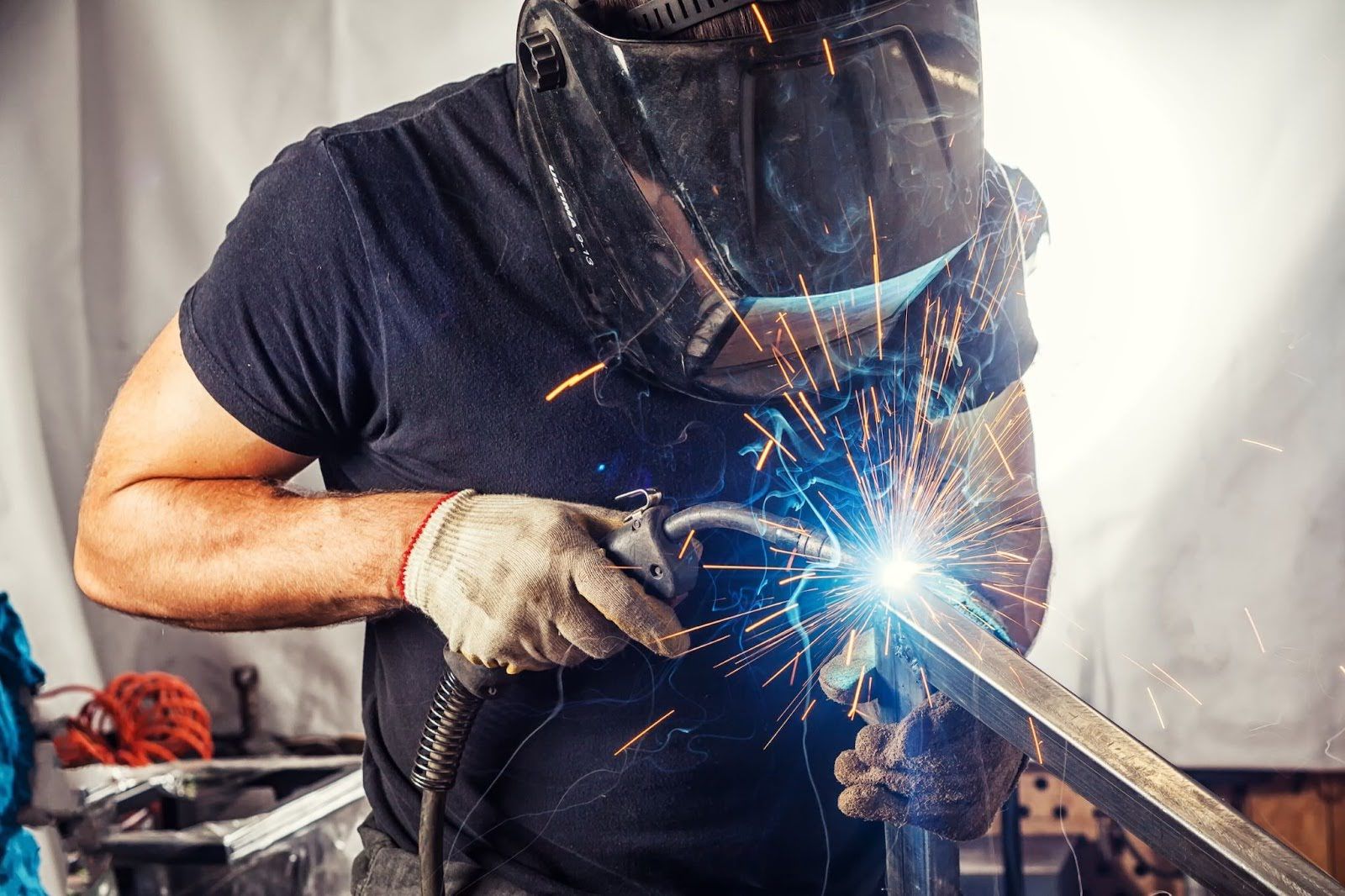
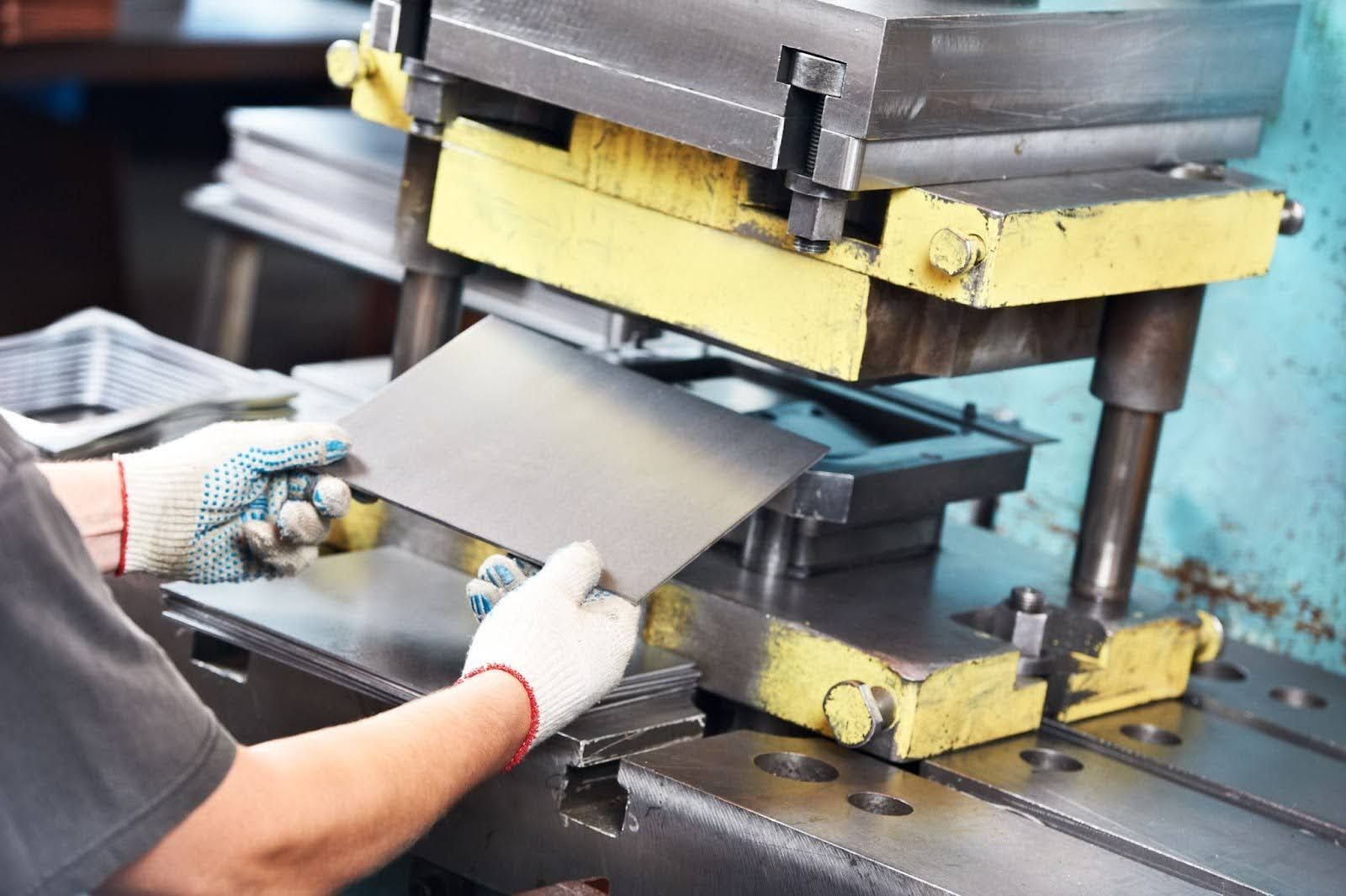
CHOONG NGAI ENGINEERING WORKS SDN BHD
is managed by a team of experienced professionals who ensures that our jobs are completed satisfactorily in a timely matter. We prioritise on our clients' needs and believe that our clients are entitled to the best services available.
QUICK LINKS
CONTACT
243A, Jalan 2A, Kampung Baru Subang, 40150 Selangor Darul Ehsan, Malaysia
Choong Ngai Engineering. All Rights Reserved. Website Designed by Heroes Of Digital.

